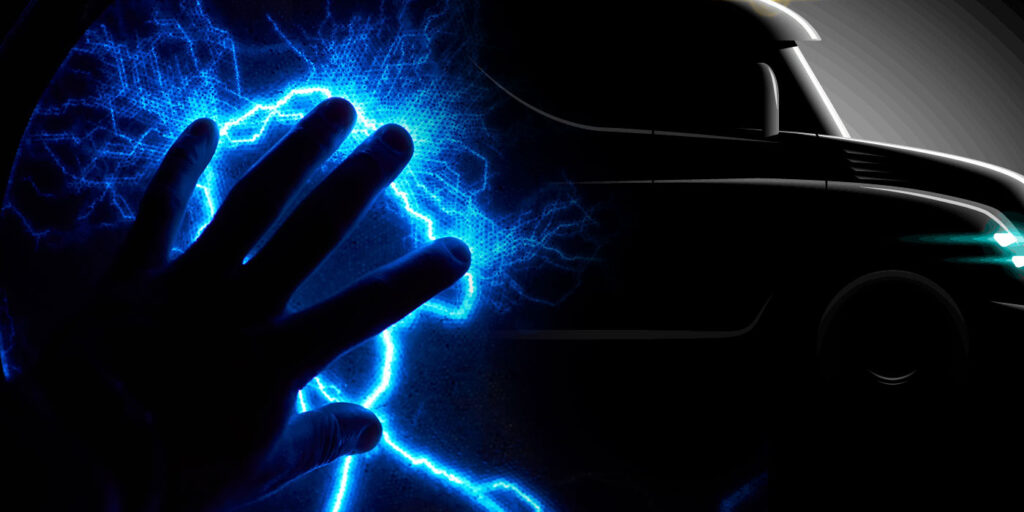Remember when you were a kid and first discovered that under certain conditions you’d get a little electric shock when you touched an object with your finger? This spark was rather exciting as well as somewhat painful—as the backs of tens of thousands of friends’ ears will attest.
These sparks are the result of static electricity. An electrical charge develops via friction in dry air conditions when your insulated body is insulated from the ground. For example, my younger brother and I found that wearing sneakers and shuffling across shag carpet at our aunt’s home in the middle of the Arizona summer, and then touching nearly anything, provided some most impressive sparks.
The spark of static electricity at the fingertip is typically thousands of volts. Static electricity can have some serious impacts beyond kids having fun.
Numerous computer-controlled components can be damaged by the high-voltage discharge of static from static electricity. In some instances, an electrostatic discharge warning notice will be placed on components at risk to damage from static electricity. Unfortunately, an electrostatic discharge may occur reaching for the component to read the warning. Consequently, the component could be damaged before testing gets started. When such damage takes place, it may lead to the assumption that the newly-damaged component was the cause of the trouble code or other issue under diagnosis. Thus, the actual fault remains, making diagnosis frustrating and time consuming.
Discharge static electricity
Awareness to the potential of static electricity is the key to preventing electrical component damage. In the shop environment a couple of the most common ways in which static electricity can form are through walking and sliding across the vehicle seat. When working on the electrical components, steps should be taken to discharge any static electricity prior to touching the components.
The static electricity should be discharged by touching a known-good ground. Touching the ground does not necessarily mean a spark will take place. Touching the ground simply discharges the static electricity charge which may not be great enough to feel but could still cause component damage. This discharge step should be repeated before touching sensitive components after moving around or after moving away from the component.
When handling sensitive components, there are a couple of simple precautions that should be taken to avoid electrostatic discharge damage.
• First, prior to removing from packaging and directly touching the new component, make sure to touch a known-good ground. It is possible to damage the new sensitive electrical component before it ever makes it to the vehicle without even knowing electrostatic discharge damage took place.
• Second, avoid touching the electrical pins on electrical sensitive components with your fingers. Touching the pins provides a direct path for the static electricity to follow into the internal circuitry. Since the pins are often small, it is easy for the electrical discharge to take place and not feel it happen.
While having to constantly remember to touch a good ground to discharge static electricity can be kind of pain, doing so saves a lot of trouble when trying to diagnose a problem that did not exist when the truck entered the shop.













